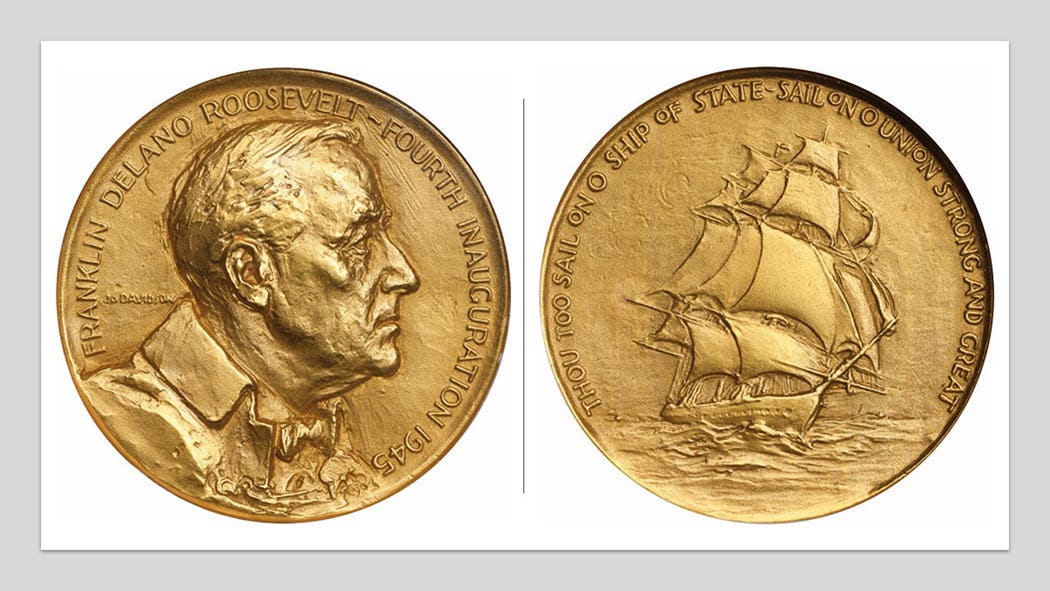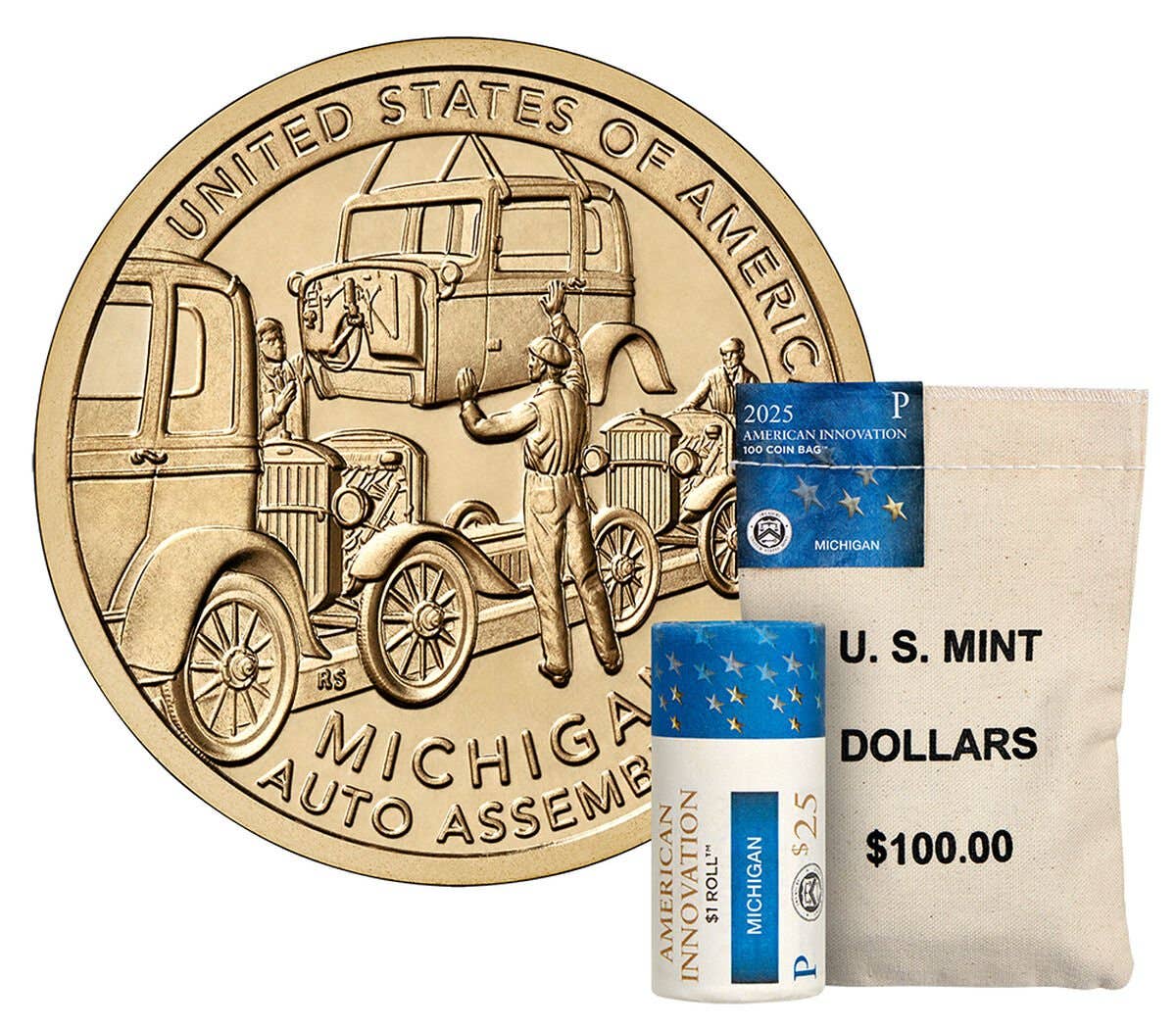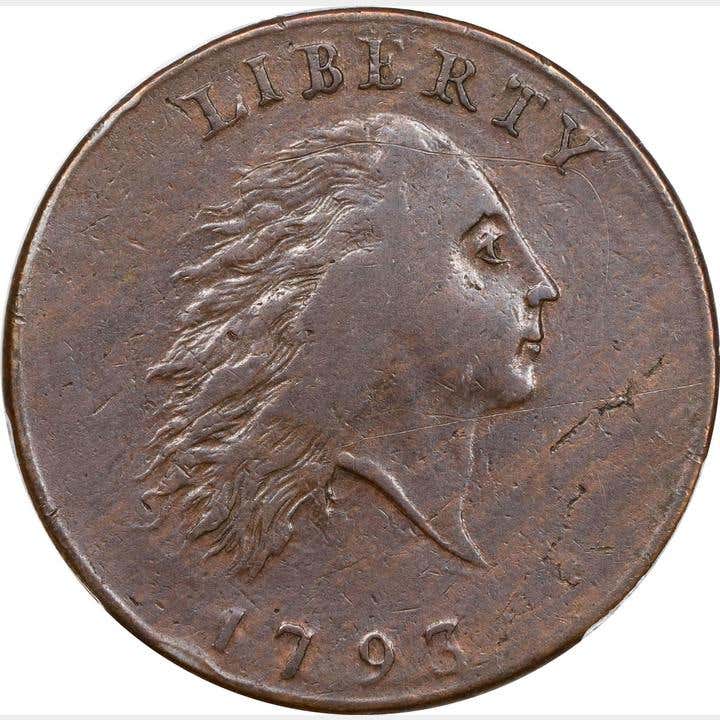How to Best Collect Proof Coins
Is it better to collect 1936 to 1942 proof coins by the set or by the individual coin? At one time, the proof set of 1936 to 1942 was the…
Is it better to collect 1936 to 1942 proof coins by the set or by the individual coin?
At one time, the proof set of 1936 to 1942 was the way to go, but today due to the hairsplitting grades assigned by third-party certification services, it would be challenging to find one of these sets intact as it was issued. Trying to match the coins in a set of any of these dates both grade-wise and with matching tone is challenging, but this is what collectors appear to favor.
Are proof sets for 1957 to 1963 still readily available, or have most of them been broken out to grade the coins individually?
There are still a significant number of original sets from the time period of 1957 to 1963 still available; however, if someone suspects even a single coin from such a set may grade significantly higher than the others, or if an individual coin appears to have frosted highlights, you can anticipate that set will be broken.
Were the Massachusetts Pine Tree shillings and other denominations equal in value to their English counterparts?
The Massachusetts coinage dated 1652 were lightweight by English standards. This was done on purpose to ensure the coins would not be exported. The purity of each coin was equal to its English counterpart; however, the weight was almost 25 percent lower.
Why was a tree chosen to appear on the 1652 Massachusetts coinage?
According to the authorizing legislation, “All pieces of money coined as aforesaid shall have a double ring on either side, with this inscription – Massachusetts, and a tree in the center on the one side and New England and the year of our Lord on the other side.”
Since the legislation authorizing the Massachusetts coinage indicated a tree appear on the coins, why did they choose the willow, oak and pine trees?
The colonial Massachusetts coinage has traditionally been called Pine Tree shillings, sixpence and threepence. It is simply a different interpretation of a tree throughout several years of minting the coins that have been assigned the interpretation; first a willow, then an oak, and finally a pine tree was being depicted by modern collectors.
Why are there thick and thin planchet Massachusetts Pine Tree shillings?
The second series of Pine Tree shillings was struck on smaller, thicker planchets due to a more sophisticated rocker arm or roller press being incorporated into the screw press. The direct strike from a screw press produced a sharper impression without bending or elongating the final product.








